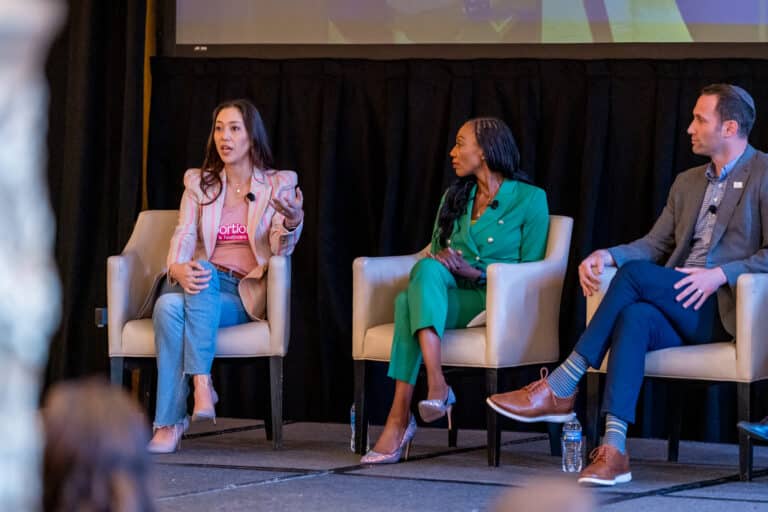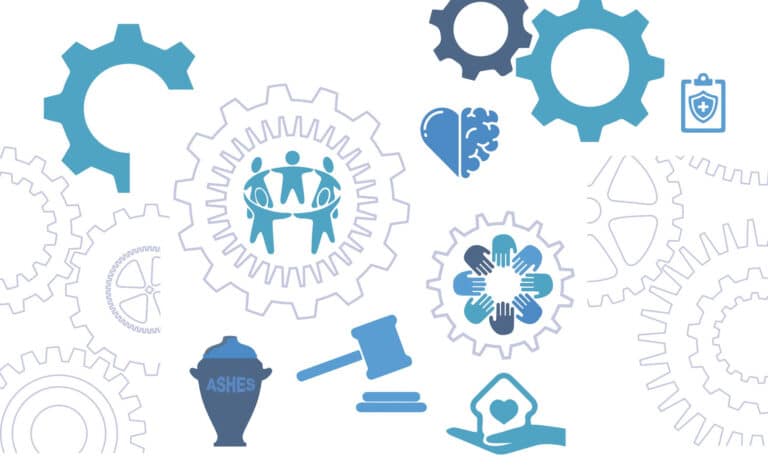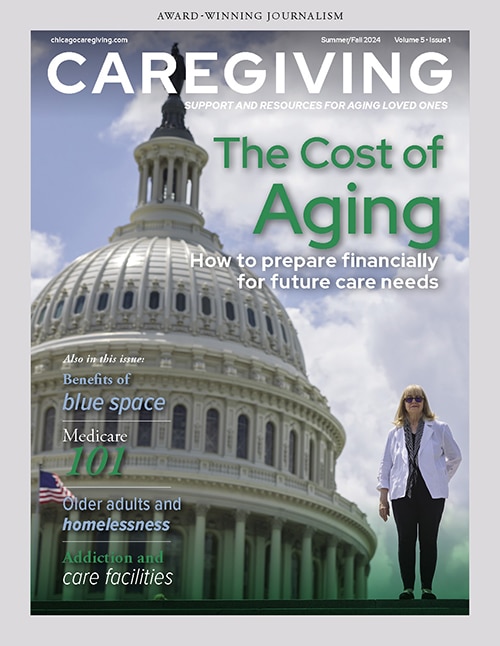Opinions keep changing on when mammograms should be administered
Television personality Giuliana Rancic, 37, a Chicagoan, shone light on a very important women’s health issue last winter with the announcement that she would undergo a double mastectomy after being diagnosed with breast cancer. While the typical breast cancer patient is older, contradicting recommendations from professionals about the right age to begin the screening processes to catch the disease can be confusing to the women who need them most.
Members of the U.S. Preventive Services Task Force (USPSTF) released updated recommendations in 2009 for the age at which women should receive mammograms. In the past, the panel suggested that women between the ages of 40 and 49 have a routine mammogram every one to two years. In their revised recommendations, the group advised against routine mammograms for women in that age group. While women are left to grapple with this quandary, specialists in the field of breast imaging see the issue more clearly.
Dr. Charlene Sennett, associate professor of radiology at the University of Chicago Medical Center, who is a specialist in breast imaging, says, “Even with these current recommendations, I agree with the American Cancer Society, the American College of Radiology and the American College of Surgeons, which all recommend that women should start receiving mammogram screenings starting at the age of 40. Women between 40 and 49 do get cancer, and we can save lives by detecting the cancers at an early stage that can be more readily treatable.”
Dr. Davide Bova, director of general diagnostic imaging at Loyola University Medical Center and a specialist in mammography, points out that, “One fundamental truth about breast cancer is that the rate of incidence increases with the increasing age of the patient, so the position of most of the professional organizations has been that women should start the screening program at age 40, and I personally agree with that, especially since cancers in women in that age group may be more aggressive.” He adds, “The data used by the task force in favor of breast cancer screening in 2002 was stronger, statistically speaking, than the data used in the 2009 recommendations, so many professionals feel they cannot endorse [the new findings].”
The USPSTF also suggests that women between the ages of 50 and 59 have a routine mammogram every two years instead of annually, as recommended by the American Cancer
Society. The panel points out the importance of weighing the benefits and risks of mammograms such as harmful exposure to radiation. “The risk may possibly be more worrisome in younger women, especially in their late teens and twenties [because their] breasts are more radiosensitive and susceptible to damage,” Sennett says. “The risk after the age of 40 is negligible. The average effective dose from a two-view[s]-per-breast mammogram equals approximately two months of normal background radiation.” She says the dose of radiation involved with today’s mammograms has decreased since the 1960s and ’70s and has been even further reduced with the introduction of digital mammography.
In addition to radiation exposure, the USPSTF raises concerns about potential anxiety caused by false-positive results, unnecessary biopsies and overdiagnosis. “I resent [that the detractors of mammograms use the] term “false-positive” [as] one of [their] strongest arguments,” Bova says. “Mammography is an imperfect tool, and there will always be a certain number of cases that will not be diagnosed. A certain number of patients…will be called back and, of those, some end up having a biopsy that will turn out to be benign, but there are certain accepted standards that people in the field follow.”
Breast radiologist Dr. Gillian Newstead, a senior research professional at the University of Chicago Medical Center, says she strongly opposes the guidelines of the USPSTF and has significant criticisms about the way the panel went about making its recommendations. She points out that the task force did not include any breast imaging or breast cancer diagnosis experts. She also mentions that the task force relied heavily on the data of Dr. Peter Gotzsche, the head of the Nordic Cochrane Centre in Denmark, who has been a recognized opponent of mammography screening for the past 40 years. Newstead agrees with the 41 breast cancer health experts who wrote an oppositional letter to the editor of The Lancet, a leading general medicine review, in November 2011. The specialists stated that they considered the interpretation of the balances, benefits and harms of the screening to be scientifically unsound. They wrote that, “These contrary views [were] based on erroneous interpretation of data from cancer registries and peer-reviewed articles.” In conclusion, they state: “The signatories remain convinced that the scientific foundation of population-based, quality-assured, organized breast screening is one of the major accomplishments of the translation of clinical cancer research into public health practice.”
In addition, the USPSTF concludes that “current evidence is insufficient to assess the additional benefits and harms of either digital mammography or magnetic resonance imaging (MRI) instead of film mammography as screening modalities for breast cancer.”
While Newstead says she is not cynical by nature, she does wonder whether the anti-screening recommendations are perhaps economically based, as the procedures are costly for insurance companies.
Newstead and her colleagues are currently conducting research to develop new acquisition and computer analytic techniques that will analyze and compare images of tissue from the breasts of healthy women to those with cancer with a view to assessing cancer risk more accurately. This research is also aimed toward determination of the biologic behavior of individual cancers, thus allowing a more targeted approach to cancer therapy.
Bova says that the most recent imaging development is digital tomosynthesis, a machine that moves in an arc around the breast. “It is going to allow mammographers to look at the entirety of the breast in thin sections. [This] should probably decrease some of the false positives and increase the detection of smaller cancers that are not visible on the standard 2-D image,” he explains. It has been approved by the Food and Drug Administration, and tests are being conducted to demonstrate to insurance companies that it is superior to the current technology.
In the meantime, the best weapon women can arm themselves with is information. Do your research. If you’re still unsure about what age to begin the screening procedure, seek personal recommendations based on medical history from a trusted doctor.
Published in Chicago Health Summer/Fall 2012

Nancy Maes, who studied and worked in France for 10 years, writes about health, cultural events, food and the healing power of the arts.












